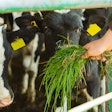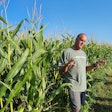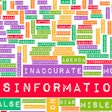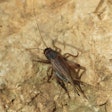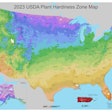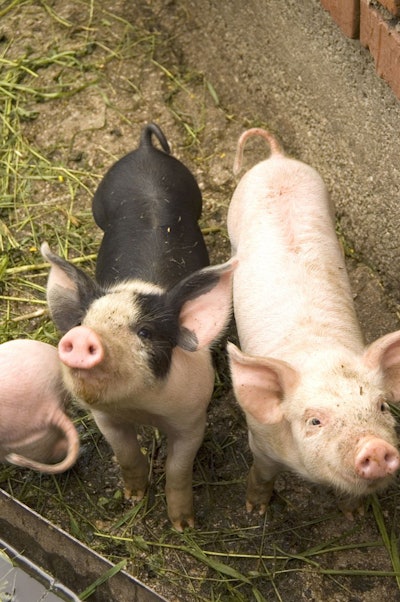
Researchers use algorithm to decode pig calls and understand their emotions in certain situations
Do you remember that episode of The Simpsons where Homer’s half-brother Herb invents a baby translator so everyone can hear in English what baby Maggie is saying? Well, now scientists have done that for pigs – sort of.
A group of researchers, co-led by animal communication expert Dr. Elodie Briefer at the University of Copenhagen, have developed an algorithm that can classify pig calls based on the animal’s emotions. They believe the technology could be used to improve animal welfare on farms.
The aim of the study, according to a paper published in the journal Scientific Reports, was to identify the features of pig vocalizations that are most indicative of emotional state and context to provide a basis for the development of a tool able to automatically assess valence (positive vs. negative) and detect situations from real-time acoustic input.
The researchers analyzed the acoustic signatures of 7,414 calls from more than 400 pigs. These included pigs on farms and other commercial settings as well as experimental settings where pigs were given toys, food and unfamiliar objects.
The algorithm was used to distinguish between positive and negative emotions.
“There are clear differences in pig calls when we look at positive and negative situations,” Briefer said in a report in The Guardian. “In the positive situations, the calls are far shorter, with minor fluctuations in amplitude. Grunts, more specifically, begin high and gradually go lower in frequency.”
The algorithm correctly classified pig calls 92% of the time, but more recordings might improve that accuracy. Researchers say an automated recognition system that can correctly assess animals’ emotions would be “highly useful to enable famers to keep track of this important component of animal welfare.”
“We have trained the algorithm to decode pig grunts,” Briefer said. “Now we need someone who wants to develop the algorithm into an app that farmers can use to improve the welfare of their animals.”
Perhaps once we know exactly what a pig is thinking, arguments about the right approach to animal welfare will be settled.









